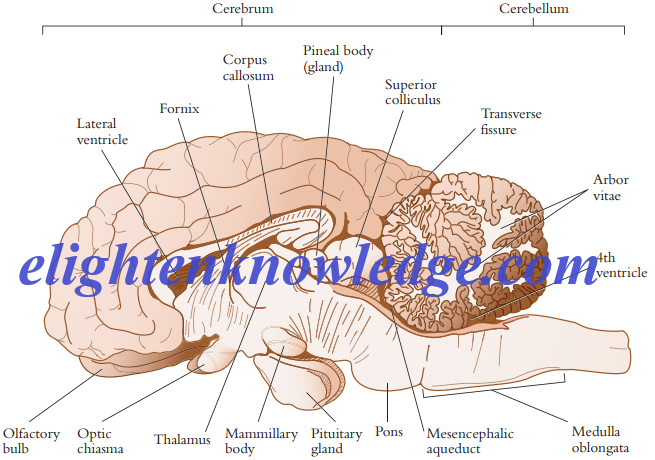Memory and Learning. Mechanism of Alzheimer’s Disease Still a Mystery?

Memory and Learning. Mechanism of Alzheimer’s Disease Still a Mystery?
Memory and Learning
One of the great mysteries of the brain is the basis of memory and learning.
There is no one part of the brain in which all aspects of memory appear to reside.
Specific cortical sites cannot be identified for particular memories because relatively extensive cortical damage does not selectively remove memories.
Although memory is impaired if portions of the brain, particularly the temporal lobes, are removed, it is not lost entirely.
Many memories persist despite the damage, and the ability to access them gradually recovers with time.
Therefore, investigators who have tried to probe the physical mechanisms underlying memory often have felt that they were grasping at a shadow.
Although we still do not have a complete understanding of these mechanisms, we have learned a good deal about the basic processes by which memories are formed.
There appear to be fundamental differences between short-term and long-term memory.
Short-term memory is transient, lasting only a few moments.
Such memories can readily be erased by the application of an electrical shock, leaving previously-stored long-term memories intact.
This result suggests that short-term memories are stored electrically in the form of a transient neural excitation.
Long-term memory, in contrast, appears to involve structural changes in certain neural connections within the brain.
Two parts of the temporal lobes, the hippocampus, and the amygdala, are involved in both short-term memory and its consolidation into long-term memory.
Damage to these structures impairs the ability to process recent events into long-term memories.
Synapses that are used intensively for a short period display more effective synaptic transmission upon subsequent use.
This phenomenon is called long-term potentiation (LTP).
During LTP, the presynaptic neuron may release increased amounts of neurotransmitter with each action potential, and the postsynaptic neuron may become increasingly sensitive to the neurotransmitter.
It is believed that these changes in synaptic transmission may be responsible for some aspects of memory storage.
Mechanism of Alzheimer’s Disease Still a Mystery
In the past, little was known about Alzheimer’s disease, a condition in which the memory and thought processes of the brain become dysfunctional.
Drug companies are eager to develop new products for the treatment of Alzheimer’s, but they have little concrete evidence to go on.
Scientists disagree about the biological nature of the disease and its cause.
Two hypotheses have been proposed: one is that nerve cells in the brain are killed from the outside in, and the other is that the cells are killed from the inside out.
In the first hypothesis, external proteins called β-amyloid peptides kill nerve cells.
A mistake in protein processing produces an abnormal form of the peptide, which then forms aggregates or plaques.
The plaques begin to fill in the brain and then damage and kill nerve cells.
However, these amyloid plaques have been found in autopsies of people who did not have Alzheimer’s disease.
The second hypothesis maintains that the nerve cells are killed by an abnormal form of an internal protein.
This protein, called tau (τ), normally functions to maintain protein transport microtubules.
Abnormal forms of τ assemble into helical segments that form tangles, which interfere with the normal functioning of the nerve cells.
Researchers continue to study whether tangles and plaques are the causes or effects of Alzheimer’s disease.
Progress has been made in identifying genes that increase the likelihood of developing Alzheimer’s and genes that, when mutated, can cause Alzheimer’s disease.
However, the genes may not reveal much about Alzheimer’s as they do not show up in most Alzheimer’s patients, and they cause symptoms that start much earlier than when most Alzheimer’s patients show symptoms.
Join the Enlighten Knowledge Community






